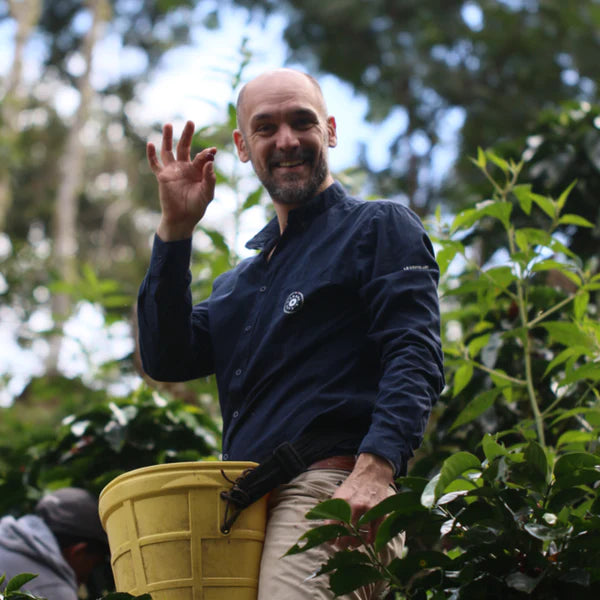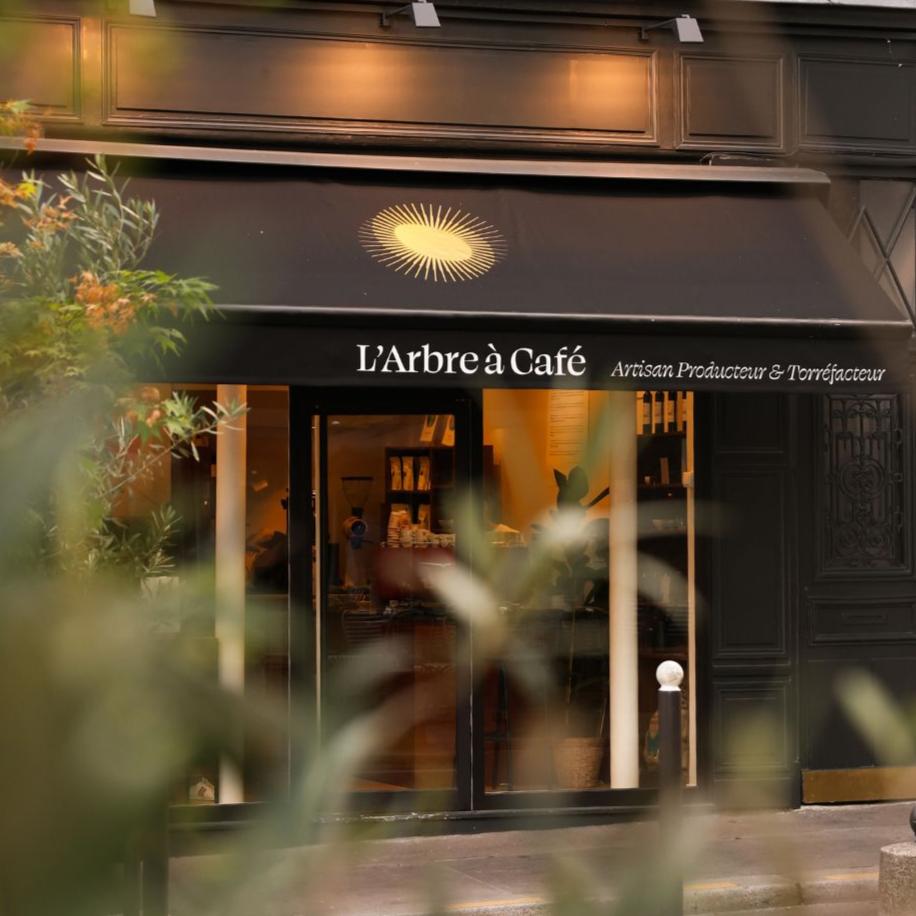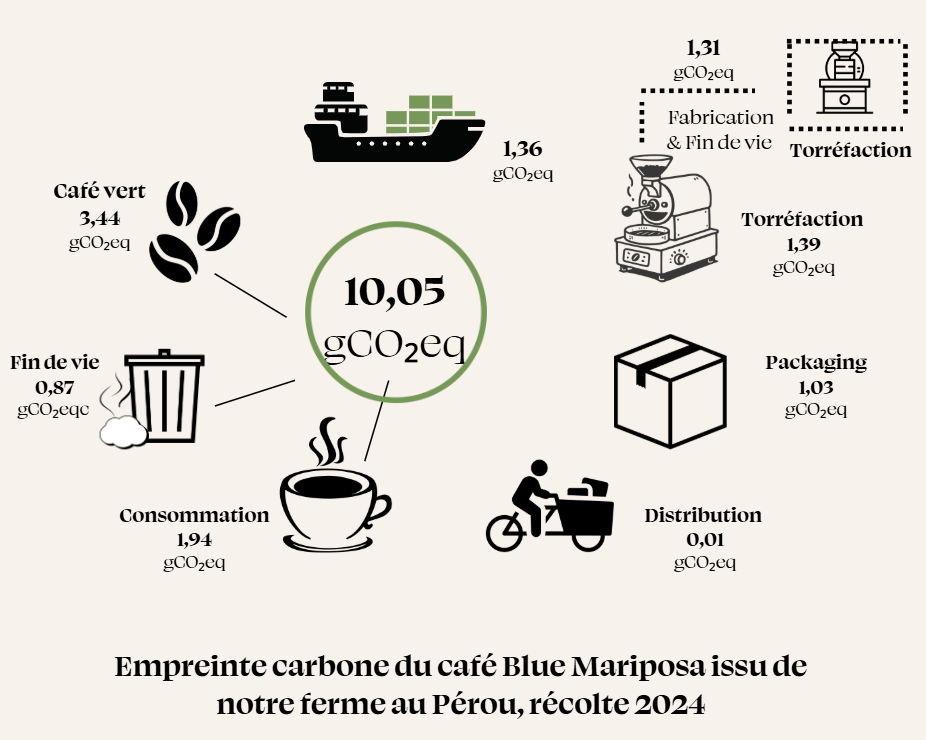Species, we finally talk about it!
Here are 3 major clues
- The publication of the book: "Wild coffee trees, a treasure in danger in the heart of tropical forests"which focuses on Coffea species.
- The tidal wave of the Eugenoid of the Finca inmaculada in the different world championships
- And the rise of the "robusta gourmet".
Many championship candidates are thinking of Eugenoid x Arabica blends. For a long time, Specialty coffee has focused exclusively on Arabica, denigrating Canephora and ignoring other species such as Liberica or Excelsa, which are nevertheless grown and consumed throughout the world. Even today, we hear too often that Robusta is not coffee. The comparison with quality decaf is relevant for L'Arbre à Café.
However the interest grows for the other species, the proof. The coffea is like a family among animals, for example, there are the equids and among the equids three species: horse, donkey, zebra. Each one dividing themselves in races etc... In the coffee (cf the book Coffee which retraces all the history of the diffusion of the species and their spatial distribution), there are 124 varieties listed and thus undoubtedly more in the nature.
A large part of it is caffeine-free (see the text by Hippolyte Courty in his book "Coffee or in this blog article) and most of them are found in the Mascarene Islands and almost all in the equatorial belt. They come in all shapes, colors, and sizes. If many cannot be consumed, because inedible, some attract the interest of the coffee world.
They can be classified into 3 groups:
- Those already cultivated but which have not yet experienced the quality revolution of the Specialty, such as Robusta and Liberica and even less Excelsa
- Those that we know were consumed in the past such as Stepnophylla, Eugenoïdes, Racemosa in particular but which are not cultivated except for two farms in the world...or Daterra with its hybrid Racemosa and Laurina
- The ones for which we don't know if there is a real gustatory interest and potential for cultivation, such as the Brevensis, the Congensis or the Mozambicensis that Hippolyte has already had the opportunity to taste.
However, every Arabica lover should pay homage to the origins of this species which was born from the hybridization of Eugenioides and canephora. Each Arabica contains both of them! In addition, many cultivars, not to say almost all cultivars, are the result of interspecific crosses: with Canephora, the families of -mor cf cati or sachimor and many others, with Liberica, the kent for example. The Quality Coffee Institute has understood this well since the Q Grader course for Robusta has existed for many years and has been very successful in producing countries. Let's hope that it will have the same success in the cup countries. There are a few exceptions among the coffee players who have been promoting diversity for many years. Among producers, Daterra with Racemosa, Finca inmaculada with Eugenoïdes, among Asian growers who benefit from the dynamics of their national or regional consumption.
In France, L'Arbre à Café sources and roasts a Libericasince 2011, the only one grown in Sao Tomé by Claudio Corallo. The beans are extremely large, the cherries round and big as ping pong balls. These tertiary aromas of cigar box, cedar are very bewitching and powerful. The most committed roaster also offers gourmet robusta since 2017 both in single and blend. Obviously everything is organic.
To celebrate biodiversity, L'Arbre à Café has launched the first multi-species blend : auniqueblendof Arabica, Robusta and Liberica. Three species, three fermentations, three origins, three different altitudes of coffee brought together in a single coffee.
In a cup, and in espresso, this blend impresses with its complexity and body. A coffee to be tasted absolutely !




















